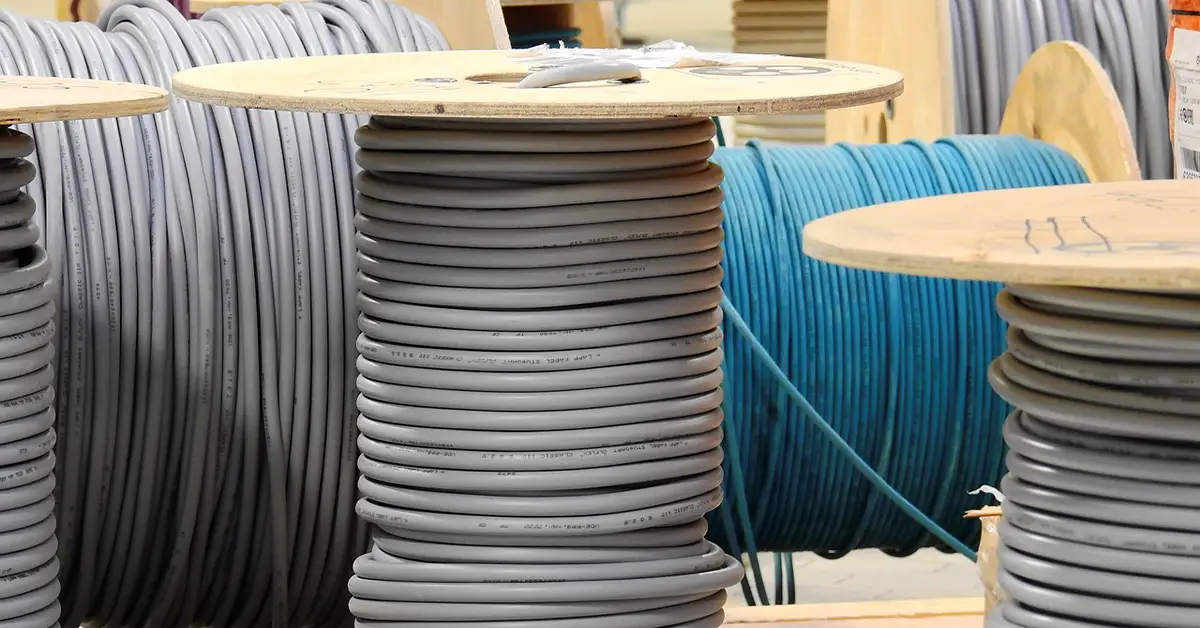Knitting is fun, especially if you know how to make different patterns. It is, therefore, necessary for you to learn as many styles as you can. It does not only make you a pro, but it also widens your scope of knowledge in the textile industry.
Some common cable patterns that you can practice making:
Cable stitching involves twisting the stitches and alternating the order to add neat little twists to the fabric. You will create cables by inserting stitches onto a cable needle, then knitting regularly and stitching off the cable needle.
The Basic Cable Stitching Principles
To make perfect cable stitches, you need basic principles that will guide you and give you excellent results with your knitting.
1. Choose The Right Yarn And Needles
For cable knitting, a smooth, worsted weight yarn is ideal as it gives you an excellent stitch definition. A soft yarn makes it easy to see the stitches and to admire the cable pattern. You should avoid variegated yarns, as this will distract from the cable design. It is necessary to select the right needles that will work well with the thread that you pick.
2. Checking From A Knitting Stitch Book
It is advisable that before you beginning knitting a cable stitch, it is advisable to make several swatches from a suitable knitting book. There are various appropriate books, such as the 400 knitting stitches, which have several patterns. You can start with the basic styles and upgrade to fancy designs as you progress. The dictionary also gives instructions on how to make each stitch as well as detailed descriptions with images.
Reading through the book gives you the confidence that you need, which finally helps you to create your design. It is, however, advisable not to jump on to your patterns too soon.
3. Design Your Cables Or Patterns
After gaining enough confidence from practicing what you learned from the pattern books, it is necessary to design your cables. You will need to work the stitches out of the normal following a particular pattern that you decide. Initially, it may appear complicated, but with time it gets simpler. To make each style unique, you should change the number of stitches and the order of twisting them.
4. Knowing The Abbreviations In The Cable ( Lingo)
Once you have mastered the art of twisting the stitches, you can confidently create any cable that you like. It is then necessary to learn the jargon used in knitting, which will help you interpret any formula and apply it. The following are some of the symbols used and the meaning.
Symbol | Meaning |
C | Cable |
# | Number of stitches in the twist |
F & B | Front & Back – shows you where to hold your cable needle. |
C6f | Cue to cable six to the front (hold cable needle to the front) |
Front and Back | Front-leaning and back-leaning – shows the direction the cable leans. |
Cable 6 front (k3, k3) | The symbol means that you should hold the cable to the front and knit all stitches in your twist. |
Conclusion
Cable knitting may appear complicated, but with the right steps and enough practice, it gets easy. You can make as many patterns as possible when you learn how to twist and change the stitches.

